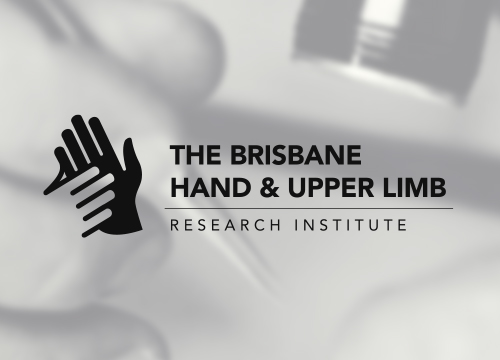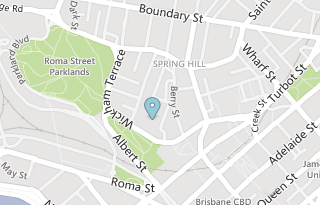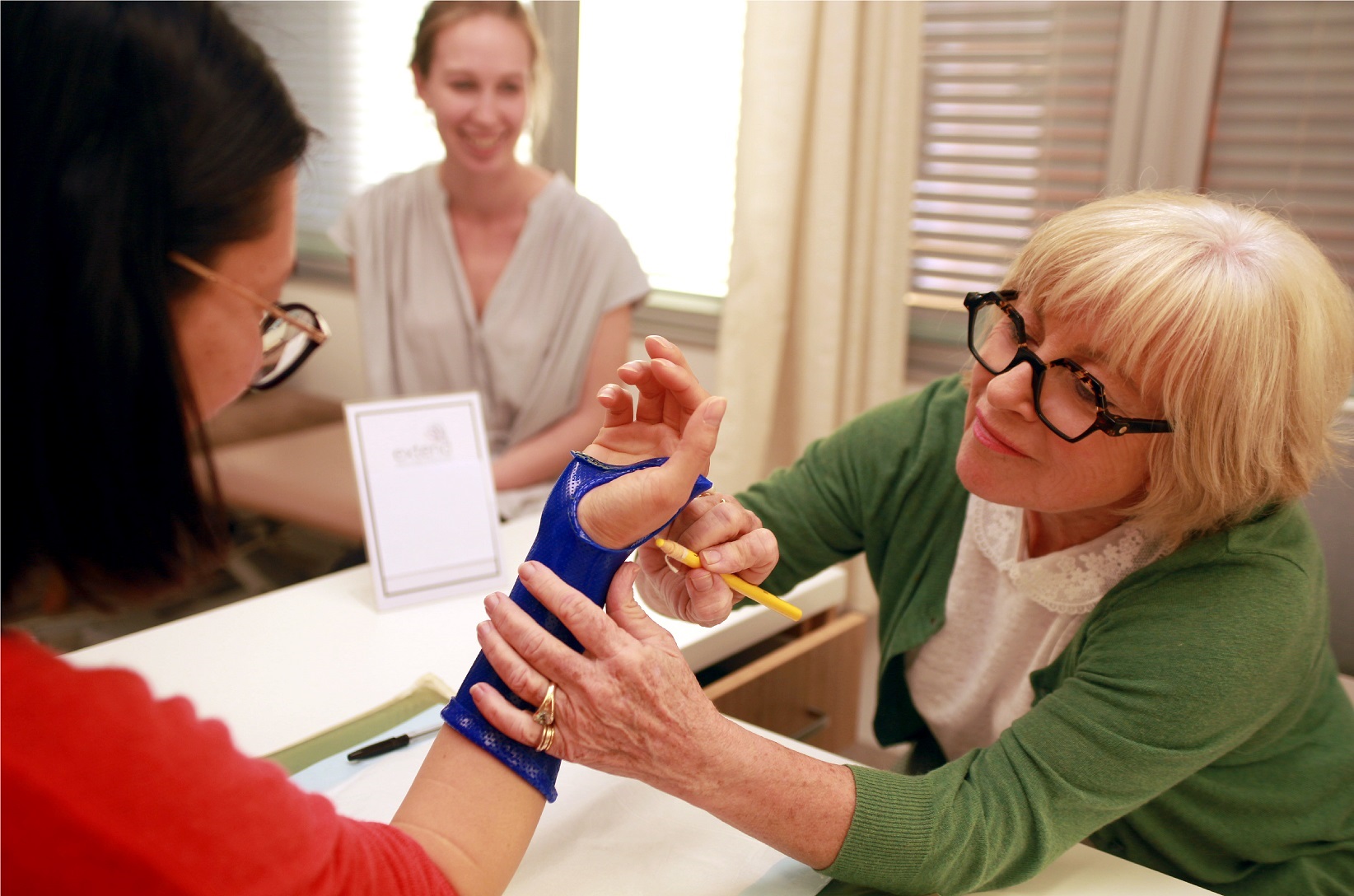Ross M, Wiemann M, Peters SE, Benson R, and Couzens GB.
The Bone & Joint Journal 2017; 99-B(3):369-375.
DOI: 10.1302/0301-620X.99B3.38051
Aims: The aims of this study were: firstly, to investigate the influence of the thickness of cartilage at the sigmoid notch on the inclination of the distal radioulnar joint (DRUJ), and secondly, to compare the sensitivity and specificity of MRI with plain radiographs for the assessment of the inclination of the articular surface of the DRUJ in the coronal plane.
Patients and Methods: Contemporaneous MRI images and radiographs of 100 wrists from 98 asymptomatic patients (mean age 43 years, (16 to 67); 52 male, 53%) with no history of a fracture involving the wrist or surgery to the wrist, were reviewed. The thickness of the cartilage at the sigmoid notch, inclination of the DRUJ and Tolat Type of each DRUJ were determined.
Results: The assessment using MRI scans and cortical bone correlated well with radiographs, with a kappa value of 0.83. The mean difference between the inclination using the cortex and cartilage on MRI scans was 12°, leading to a change of Tolat type of inclination in 66% of wrists. No reverse oblique (Type 3) inclinations were found when using the cartilage to assess inclination.
Conclusion: These data revealed that when measuring the inclination of the DRUJ using cartilage, reverse oblique inclinations might not exist. The data suggest that performing an ulna shortening osteotomy might be reasonable even in distal radioulnar joints where the plain radiographic appearance suggests an unfavourable reverse oblique inclination in the coronal plane. We recommend using MRI to validate radiographs in those that appear to be reverse oblique (Tolat Type 3), as the true inclination might be different, thereby removing one possible contraindication to ulnar shortening.




